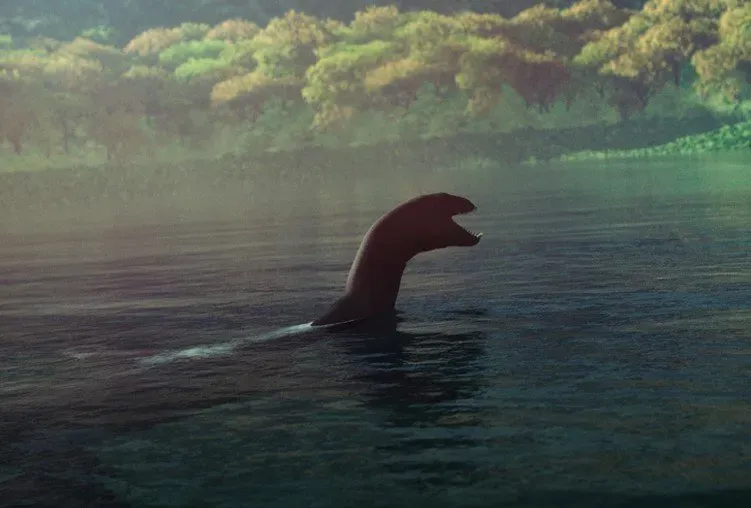Fossils of plesiosaurs, the long-necked dinosaur-era sea lizards, were found in a 100-million-year-old river system that was located in what is now the Moroccan Sahara Desert.
It was previously believed that plesiosaurs lived only in the waters of the seas and oceans, but it turns out that at least one of their species was freshwater, reports mirror.co.uk.
Dr. Nick Longrich, who was involved in the study of Saharan plesiosaur remains with a team of scientists from the University of Bath, UK, has already stated that plesiosaurs could theoretically live in Scotland’s Loch Ness.
“It fits with plesiosaur biology. True, the fossils tell us that an asteroid killed the last plesiosaurs about 66 million years ago, so this is probably not a working version,” says Longrich.
According to the study of the layer in which fossils were found, these creatures lived in a freshwater reservoir in the company of frogs, crocodiles, turtles, fish, and even a huge semi-aquatic spinosaurus lizard, reaching a length of 16 meters.
The fact that the famous monster named Nessie from the Scottish Loch Ness may be an aquatic lizard that has survived to this day is the most popular hypothesis about the nature of this creature.
The version is supported by the fact that the description of Nessie’s appearance from numerous eyewitnesses indicates a long neck, four limbs in the form of flippers, a small “snake” head and a thick long tail – a typical long-necked plesiosaur like elasmosaurus.
This theory is also the most criticized, since it is very difficult to believe that a sufficiently large group of plesiosaurs could survive in a lake, even one as large and deep as Loch Ness, without regularly falling into people’s eyes.
Yes, many people saw Nessie, but there are hardly 10-15 such eyewitnesses in a year, and most often they are tourists, not local residents.
There is, however, a hypothesis that explains both the existence of an ancient plesiosaur in Loch Ness and why they are so elusive. Theory suggests that the lake is located in an anomalous zone in which temporary “portals” regularly appear. And when people see Nessie, they see more of a projection from antiquity than something real.
The fact that the Loch Ness region is indeed an anomalous zone is said by many British paranormal researchers. They note that UFOs are regularly observed over Loch Ness in the form of classic discs or brightly glowing lights.
Also, the famous British occultist of the early twentieth century, Aleister Crowley, chose the shore of Loch Ness for a reason. He really liked the local atmosphere. The Boleskin House has been his home for over 30 years.

